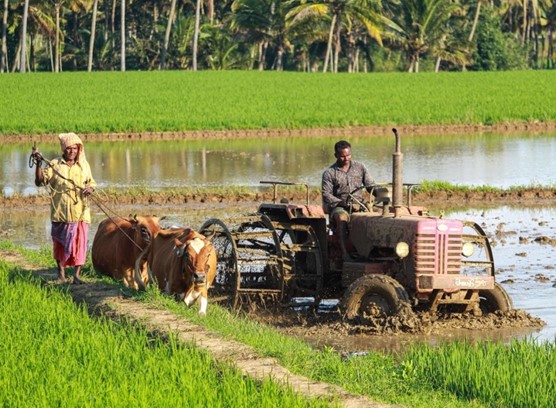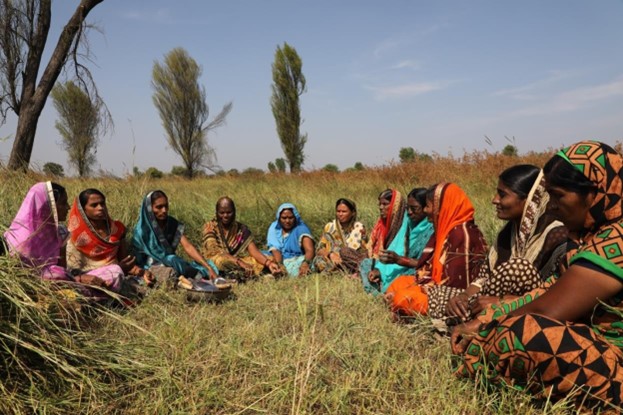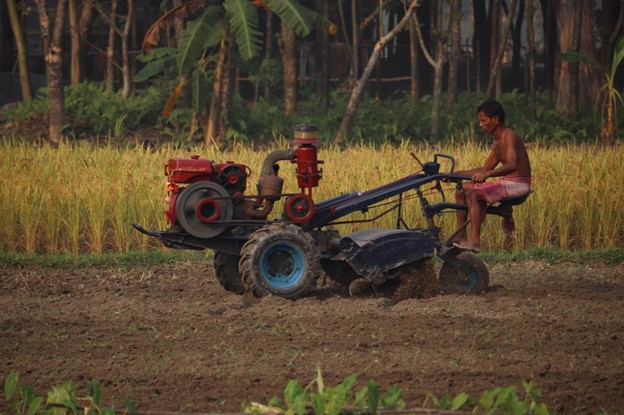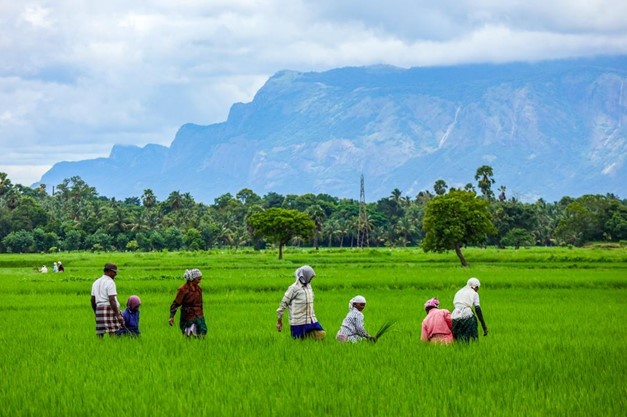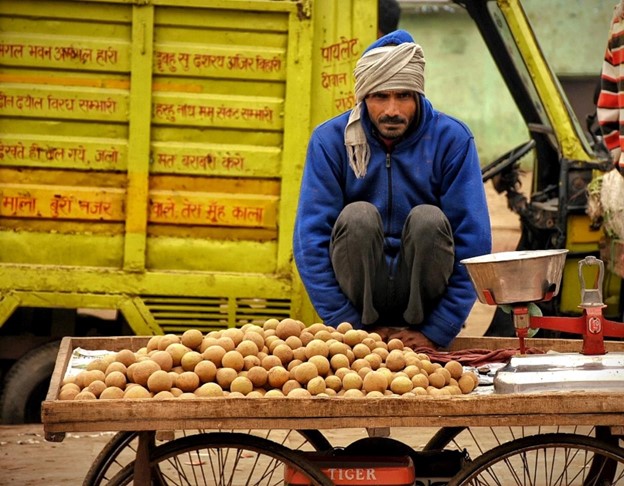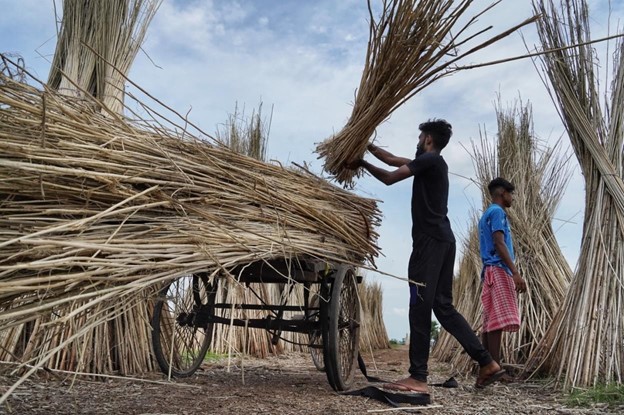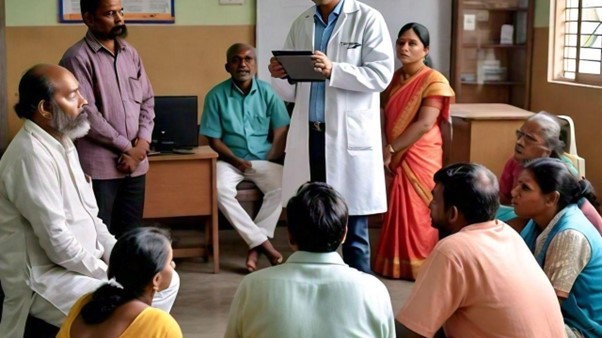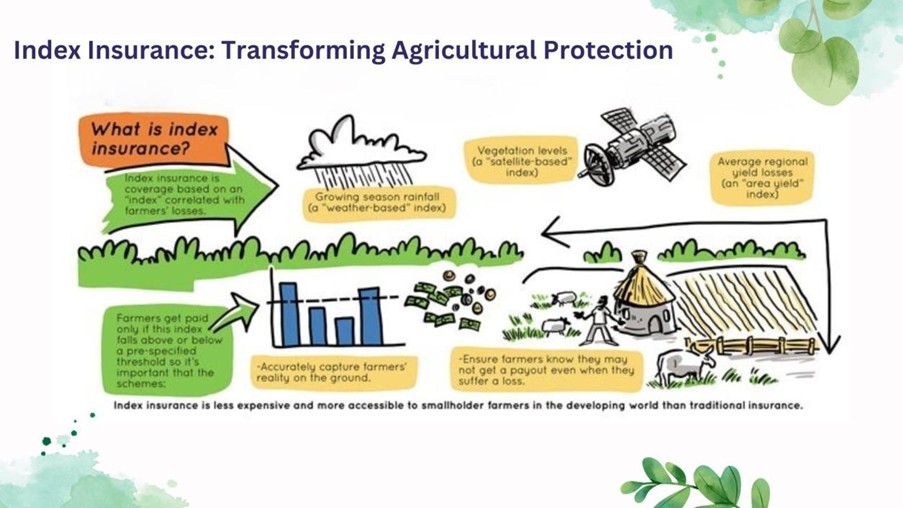Need for specific government policies for
development of Microinsurance Industry
in India
Every business is governed by certain policies and
guidelines, some of
them are generic and applicable to all the
businesses, whereas
others are industry specific. Government policies and regulations not
only guide businesses but also provide the
necessary framework
to prevent exploitation and misconduct, creating a conducive environment
for both businesses and the customer.
Some of the key objectives behind industrial
policies are: -
- 1. To enhance employment opportunities
- 2. To guide businesses in general & specific
- 3. To maintain sustained growth and productivity
- 4. To gain international competitiveness
Why Microinsurance need separate government policies
Given the specific nature of the microinsurance business, its requirements
and way of operating differ from traditional
insurance in
many ways. Here is what differentiates microinsurance from traditional
insurance. The major factors governing the
insurance industry Premium, Policies, Claims, & Delivery channels.
Premium – In conventional insurance, the payment frequencies are
typically regular, annual, quarterly, or monthly, based on age
or
other specific risk characteristics. For Microinsurance policies the premium
payments are frequent or irregular
depending upon the
income of the people involved
Policies - In conventional insurance, the payment frequencies are
typically regular, annual, quarterly, or monthly, based on age or
other specific risk characteristics. For Microinsurance policies the premium
payments are frequent or irregular
depending upon the
income of the people involved
Delivery Channels – Conventional insurance is sold by licensed agents
or brokers or companies that typically understand insurance.
Whereas microinsurance is often sold by unlicensed non-traditional agents to
low-income persons, preferably in groups
requiring
significant consumer education.
The most significant difference between conventional insurance and
microinsurance is the size of the premium and the
insured
amount.
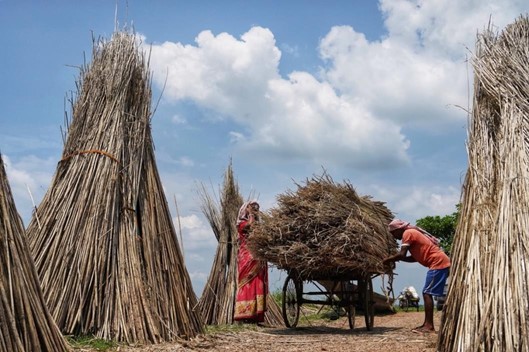
Microinsurance sector regulations
To facilitate the penetration of microinsurance to lower-income segments,
IRDAI has formulated microinsurance
regulations. Micro
Insurance Regulations, 2005 provide a platform to distribute insurance
products, affordable to the rural and urban poor
enabling
microinsurance as an integral part of the country’s wider insurance system.
The first Micro Insurance Regulations came in 2005 and were amended from time
to time. IRDAI Micro Insurance Regulations
2015
was notified in July 2015 to develop the microinsurance market in India.
However, outside of Govt’s Social Security
Schemes and
the Govt. sponsored or initiated schemes like PMJJBY, PMSBY, PMSYM Yojana,
and PMJAY (Ayushman Bharat), coverage
through Micro Insurance remains very low.
Some of the key regulations and
amendments in the
microinsurance insurance sector taken in 2015 include
- 1. The sum assured under an Insurance product
offering Life or pension or
Health benefits shall not exceed an amount of
Rs
200000.
- 2. The Annual Premium shall not exceed Rs 6000
p.a. in a Micro Variable
Insurance product under the Non-Linked Non-Par
platform.
- 3. Micro Insurance schemes marketed to Groups
with a minimum Group Size of 5.
- 4. Insurers shall not offer microinsurance
products under unit linked
platform.
Robust Distribution Network: Key factor
responsible for the success of Microinsurance
The analysis of the penetration of the three main industries comprising the
financial sector, namely Banking, Insurance,
and Mutual
funds,clearly shows that banks and non-banking financial companies (NBFCs)
have been more successful in penetrating the
Indian
rural markets compared to the other two.
The success of the Banking system in Penetrating
Rural India
The steps taken in the past like nationalization of banks, building a robust
branch network of scheduled commercial
banks, cooperatives and regional rural banks, formation of self-help groups,
permitting BCs/BFs to be appointed by
banks to provide doorstep
delivery of banking services, zero balance BSBD accounts, etc. has resulted
in a wider reach specially in the rural
areas.
As per 2021 statistics, there are 12 public sector banks, 21 private sector
banks, 9,507 non-banking financial companies
(NBFCs)
and 531 urban cooperative banks (UCBs), and 97,006 rural cooperative banks,
with the latter making up 65% of the total
asset size
of all cooperatives taken together.
With a robust network and clear categorization of banks as per various
segments to cater to, The Indian banking system is
contributing to achieving financial inclusion.
In the case of Mutual Funds, although they are one of the primary sources of
national financial growth, the true
potential of the
sector is yet to be unleashed. The Role of Mutual funds in promoting savings
remains insignificant, with the size of the
mutual fund
industry being less than 10 percent of the Indian GDP. One of the main
reasons for low MF penetration in rural areas is
because of
the perception that mutual funds cater only to middle- and high-income
groups. For the rapid growth of the MF sector,
appropriate
schemes catering to rural investors are required. 80 percent of the business
for the MF industry comes from metros.
Thus, the rural
market remains mostly untapped
In the case of the Insurance industry, the penetration of the insurance
products currently (as of 2021) remains at 3.71%
which is
way below the global average of 7.31%. With 70% of the Indian population
still living in rural areas, it's necessary to
design simple
and effective products catering to the rural population. Currently,
insurance companies struggle to develop a robust
network of
distributors for Microinsurance because comparatively small premiums and
commissions do not enthuse the traditional
distributors.
Conclusion
To bring in financial inclusivity it is important to make various financial
instruments reach the broader market,
including the rural
areas of India. For making financial products available to rural India,
there is a need to create institutions
specifically designing,
promoting, and handling Microinsurance products like cooperative banks.
These microinsurance companies can tap the
potential
market and contribute towards bringing financial inclusivity.
About MicroNsure
MicroNsure is a technology-driven Microinsurance consulting and distribution
company. We are committed to bringing
financial
inclusion to the economically vulnerable section of our society by offering
simple, hassle-free, and affordable
microinsurance
solutions.
To know more about our services and products do write to us at
madhulika@micronsure.com
Disclaimer
Insurance is offered by Svojas Insurance Broking and Risk Management Services
Private Limited (CIN
U67120TG2017PTC118828).
IRDAI Broking License Code No. DB 718/17, Certificate No. 627, License
category- Direct Broker (Life &
General), valid till 09/11/2023.
Insurance is the subject matter of the solicitation. Product information is
solely based on the
information received from the insurers. For more details on risk factors,
associated terms and
conditions, and exclusions, please read the sales brochure carefully of the
respective insurer before
concluding a sale.
For more information on Svojas Insurance Brokers visit
www.svojasinsurancebrokers.com
